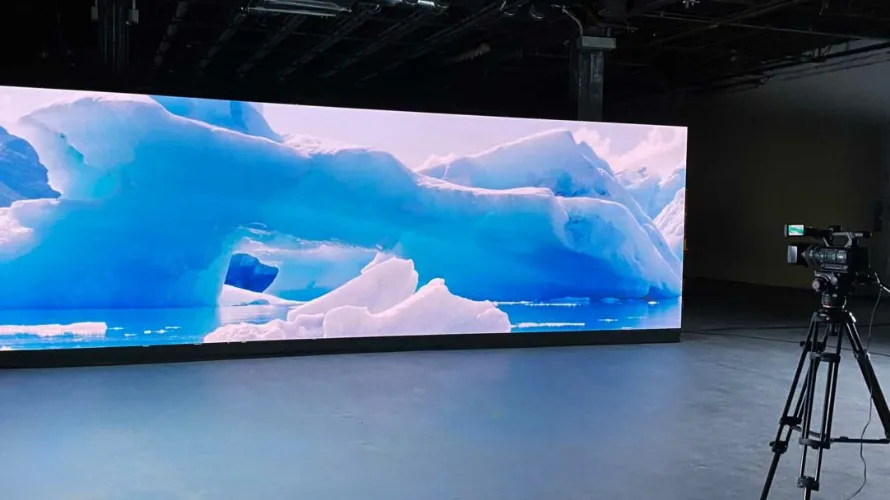Understanding LED Video Walls: Technology, Applications, and Benefits
LED video walls have emerged as versatile and impactful display solutions across various industries, offering unparalleled visual experiences and practical applications. Whether used for advertising, entertainment, information dissemination, or enhancing architectural spaces, LED video walls continue to redefine the possibilities of display technology.
What is an LED Video Wall?
An LED video wall is a large display made up of multiple LED panels seamlessly tiled together to form a single cohesive screen. These panels consist of light-emitting diodes (LEDs) that emit light when electrically charged, producing vibrant colors and high brightness levels suitable for indoor and outdoor environments.
Applications of LED Video Walls
1. Advertising and Marketing: LED video walls are powerful tools for advertising campaigns, capable of displaying dynamic content with vivid colors and clarity. They attract attention and convey messages effectively in high-traffic areas such as retail stores, airports, and stadiums.
2. Entertainment and Events: In entertainment venues and events, LED video walls serve as backdrops for performances, enhancing visual effects and creating immersive environments. They are used in concerts, theaters, and live broadcasts to captivate audiences and elevate production values.
3. Information and Communication: LED video walls are utilized in corporate environments, conference centers, and public spaces for information dissemination. They display real-time data, news updates, and interactive content that engage audiences and enhance communication efficiency.
4. Architectural Integration: LED video walls enhance architectural aesthetics by transforming building facades, lobby areas, and public landmarks into visually striking landmarks. They offer customizable lighting effects and artistic displays that complement modern design trends.
Benefits of LED Video Walls
- High Brightness and Visibility: LED technology provides superior brightness levels, ensuring visibility even in bright ambient light conditions.
- Flexibility and Scalability: LED panels can be configured in various sizes and shapes to fit specific display requirements, from small indoor installations to large outdoor billboards.
- Energy Efficiency: Modern LED displays are energy-efficient compared to traditional display technologies, contributing to sustainability efforts.
- Durability and Reliability: LED video walls are designed for long-term use with minimal maintenance requirements, making them cost-effective solutions for continuous operation.
Future Trends and Innovations
As LED technology advances, future trends include:
- Higher Resolution: Advancements in pixel density and image quality continue to enhance visual fidelity and detail.
- Interactive Capabilities: Integration of touch-sensitive and interactive features for enhanced user engagement.
- Integration with AI and IoT: Smart LED displays capable of adapting content based on audience demographics and environmental conditions.
Conclusion
LED video walls represent a transformative technology that enhances visual communication and engagement across diverse applications. From advertising and entertainment to corporate communications and architectural enhancements, LED video walls continue to innovate and shape the future of digital displays.



